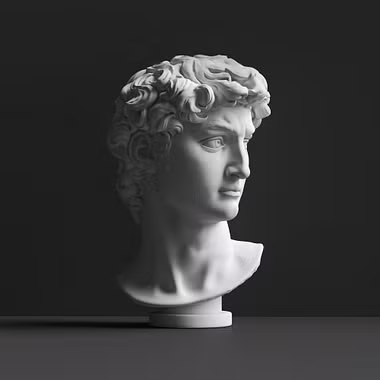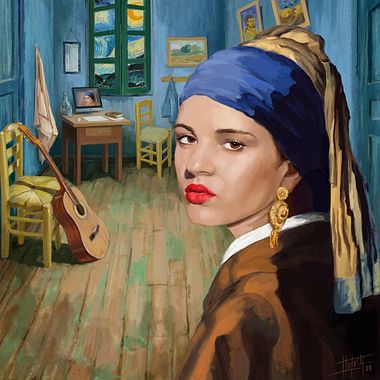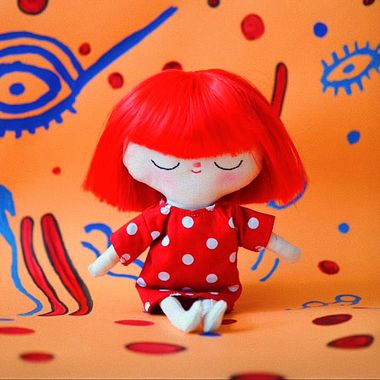
"Family Portrait: an intimate homage to everyday love."
The photographer Diana Catalina Patiño, third place in the contest, invites us to look with different eyes at what makes our home unique. In a world where visual perfection seems to reign, Colombian photographer Diana Catalina Patiño reminds us of the power of the authentic. Her project Family Portrait, winner of third place in the Domestika contest, is a declaration of love for the everyday: her partner, her cats and the intimate space they have built together. Through digital photography, art direction and 3D, Diana achieves a narrative full of symbolism, sensitivity and honesty, demonstrating that the imperfect can also be deeply moving. We share with you the full interview: What inspired you to create the winning project? Honestly, the inspiration came from something I saw on networks a long time ago, among so much information that sometimes passes without leaving a trace. At that moment in my life I wasn't very emotionally present, I felt disconnected, and I didn't pay much attention to it. But something was hanging around. Some time later, I saw it again and it was like a call. I felt I wanted to create something more personal, more intimate, more honest. Something that came from the love for the real and the everyday, but also from what moves me, from what moves me inside. For some years I have worked doing photography and video production for brands and companies. We have created visually very beautiful things, well produced projects, with talented teams. But there came a point where I didn't feel inspired anymore. Then I understood that I needed to come back to myself, to reconnect with what excited me at the beginning: to observe, to imagine, to play with the senses, to explore the symbolic and to tell something that really spoke to me. This project was a way to return to that place. It was my way of reminding myself why I started creating images in the first place, and to open up a space to express what doesn't usually fit into commercial commissions: the vulnerable, the invisible, the intuitive. I wanted to make something with more soul than formula, with more skin than perfection. What story or emotion did you want to convey? I wanted to tell that story: that families come in many forms, that everyday love also deserves to be portrayed, and that photography can be a bridge to embrace who we are, just as we are. I wanted to capture the love I have for my cats, who for me are part of my family. For a long time I dreamed of having a family portrait, but not a traditional one, but one that represented what home is for me today: my partner, my cats, and that intimate space we have built together. What is your process for developing original ideas from scratch? Since I started in photography I have been surrounded by creative people who constantly inspire me. Each one, from their specialty, has shown me different ways of seeing the world, and transforming the everyday into something powerful. That creative energy has always pushed me to always want to think that the best way to create is from feelings, from what you think and from being a very good observer. An idea can start in many ways, but with this project, it all started when I saw something that inspired me - a painting, a story, an image on networks, even a person. In my situation something of that stuck in my mind, and without realizing it, I began to imagine an aesthetic, to give it soul, to make it something more mine, more organic. For me, creating is like putting together an emotional collage. I start to ask myself: what if we make a narrative where the subject is in the center, as the protagonist? Where is that subject? Is he in his living room, in a flat color background, in a natural location? Does that place exist or am I going to build it from the art, from the art direction? Then come more sensitive decisions: what color palette do I want to use? What kind of wardrobe best tells that story? What objects accompany it: a plant, a painting, a chair? Those elements are not there just for aesthetics, but because they are symbolic. They give emotional weight to the portrait, they make it unique. That's where it all makes sense to me: when every decision has intention and every image begins to tell something that feels real, even if it's constructed.






























